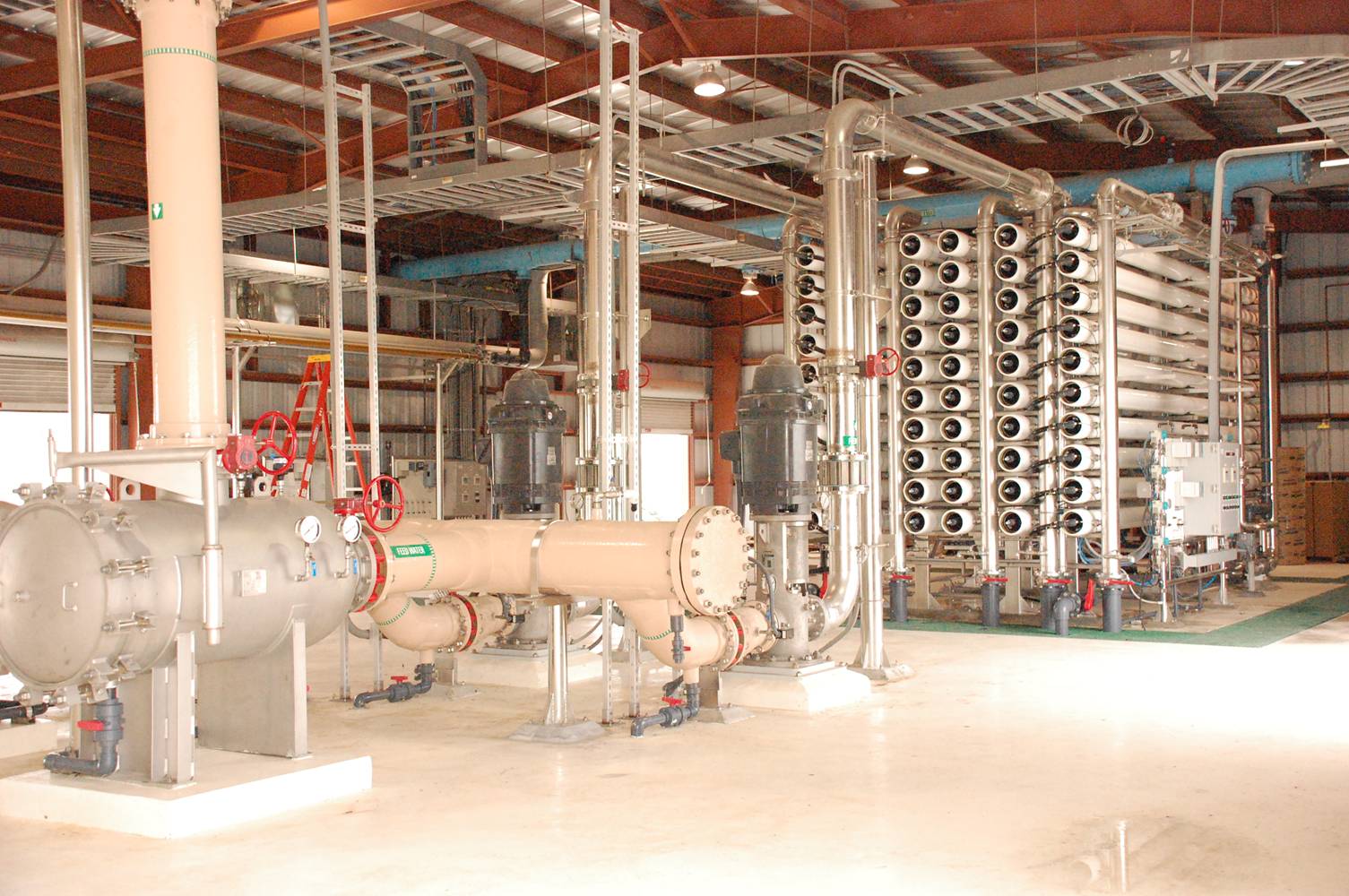In light of recent drought, calls for construction of additional desalination plants are gaining traction. Earlier this month, Texas Land Commissioner Jerry Patterson’s office announced that the Texas General Land Office (GLO) is exploring the potential of a desalination project that would turn some of Texas’ abundant brackish groundwater into finished drinking water on a 2,000-acre tract of land along Interstate 35, between Austin and San Antonio.

The project could be the first in a series of such projects spearheaded by the GLO. The GLO has been looking at water projects for about a year now, and is looking to be involved in the water business as an aggregator and retailer to municipalities and public regional consumers, Patterson says.
Desalination is “another potential arrow in the water quiver,” Patterson says. “This is one in the milieu of potential solutions to the Texas water problem.”
With Texas currently experiencing what has been described as the worst one-year drought in the state’s history, according to the Texas Water Development Board’s 2012 State Water Plan, solutions such as desalination are much needed. And with increasing demand from not only residents and farmers, but from power plants and natural gas production in the booming Eagle Ford shale among others, the problem could get worse without some immediate attention.
Desal potential
To determine whether a desalination facility is feasible on that stretch of land along I-35, the GLO hired hydrology and geology experts from Intera, an Austin-based geosciences and engineering company, and Malcolm Pirnie, the Colorado-based water division of engineering firm Arcadis.
While the GLO project remains in the research phase for now, if all goes according to plan, groundbreaking could come as soon as 18 months from now, Patterson says.
“We’ll see if we make that timeline, but we’d like to see if it’s economically feasible, if there’s a market for it and what kind of demand there is,” he says.
An additional benefit would be reducing current demand on the Highland Lakes, Patterson added. “The groundwater resources that could be used for desalination in Texas is sufficient to meet Texas water needs for decades to come, it’s just that it takes a lot of energy to desalinate it,” he said.
The potential for additional plants across the state is considerable. Given that water demand in Texas is projected to increase by 22%, from 18 million acre‐feet per year in 2010 to about 22 million acre‐feet per year in 2060, paired with a projected decrease in existing water supplies of about 10% from 17.0 million acre‐feet in 2010 to about 15.3 million acre‐feet in 2060, according to the 2012 State Water Plan, there is a wide supply gap that desal facilities could help fill.

Post a comment to this article
Report Abusive Comment